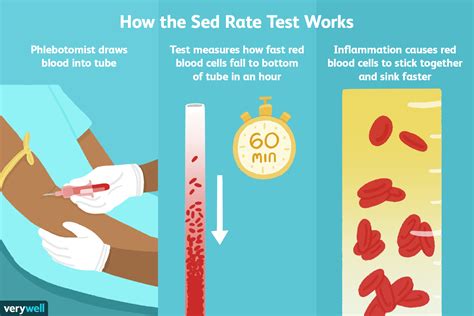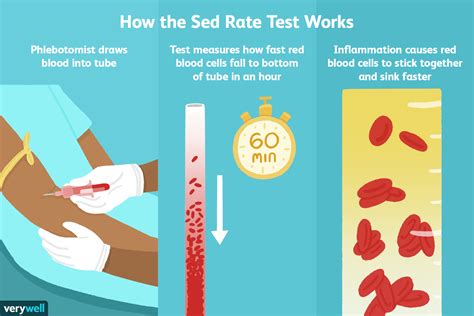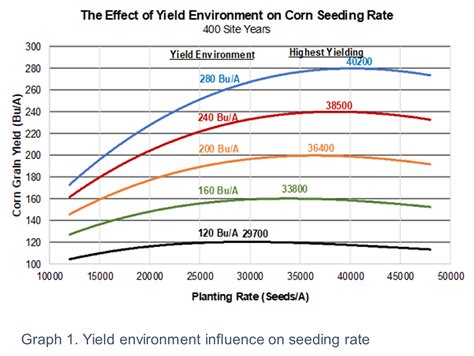Intro
The sedimentation rate of erythrocytes, commonly referred to as the sed rate or ESR, is a blood test that measures how quickly erythrocytes (red blood cells) settle at the bottom of a test tube containing a blood sample. It indirectly measures how much inflammation is in the body. The principle behind this test is that inflammatory states lead to the production of acute-phase proteins, which cause red blood cells to aggregate and settle more quickly.
This test has been used for decades as a non-specific indicator of inflammation and has a wide range of applications, from diagnosing and monitoring autoimmune diseases to detecting infections and malignancies. The sed rate is particularly useful because it is relatively simple and inexpensive to perform, making it accessible in a variety of clinical settings.
The importance of understanding sed rate erythrocyte cannot be overstated. It is a crucial tool in the diagnostic arsenal of healthcare professionals, helping to differentiate between various conditions, monitor disease activity, and assess the response to treatment. For patients, understanding what the sed rate indicates can provide valuable insights into their health status and the effectiveness of their treatment plans.
Introduction to Sed Rate Erythrocyte

The sed rate erythrocyte test is performed by placing a blood sample in a tall, thin tube and measuring the rate at which the red blood cells settle. The blood sample is treated with an anticoagulant to prevent clotting. The rate of settling is measured in millimeters per hour (mm/hr). The test is typically conducted in a laboratory, and the results are usually available within a few hours.
How the Sed Rate Test Works
The mechanism behind the sed rate test is based on the tendency of red blood cells to clump together (aggregation) when there are inflammatory conditions in the body. In the presence of inflammation, the liver produces more acute-phase proteins, such as fibrinogen. These proteins alter the surface charge of red blood cells, causing them to aggregate and form stacks, known as rouleaux. These stacks are heavier and larger than individual red blood cells, leading to a faster sedimentation rate.Interpretation of Sed Rate Results

Interpreting sed rate results requires consideration of the patient's age, sex, and clinical context. Generally, higher sed rates indicate greater inflammation. However, the sed rate can be influenced by various factors, including age (it tends to increase with age), pregnancy, and certain conditions that affect red blood cell production or destruction.
- Normal sed rates for adults are typically considered to be 0-22 mm/hr for men and 0-29 mm/hr for women, though these ranges can vary slightly depending on the laboratory.
- Elevated sed rates can be seen in a wide range of conditions, including infections, autoimmune diseases (such as rheumatoid arthritis and lupus), and malignancies.
- Very high sed rates (above 100 mm/hr) are often associated with severe inflammation or significant disease activity.
Clinical Applications of Sed Rate
The sed rate has numerous clinical applications, making it a valuable diagnostic tool. It is used: - To monitor disease activity in chronic inflammatory conditions, such as rheumatoid arthritis, where changes in the sed rate can reflect changes in disease activity and response to treatment. - As part of the diagnostic workup for conditions like temporal arteritis and polymyalgia rheumatica, where an elevated sed rate is a key diagnostic criterion. - To help differentiate between different causes of symptoms, such as in the case of chest pain, where an elevated sed rate might suggest an inflammatory cause rather than a cardiac one.Limitations and Alternatives to Sed Rate

While the sed rate is a useful tool, it has several limitations. It is a non-specific test, meaning that an elevated result does not point to a specific diagnosis but rather indicates the presence of inflammation. Additionally, the sed rate can be influenced by a variety of factors unrelated to inflammation, such as anemia, and can be normal in the early stages of some inflammatory diseases.
Alternatives to the sed rate include other inflammatory markers, such as C-reactive protein (CRP), which can provide more specific information about the level of inflammation in the body. However, the sed rate remains a widely used and valuable test due to its simplicity, cost-effectiveness, and the fact that it can provide information that complements other diagnostic tests.
Comparison with Other Inflammatory Markers
Other inflammatory markers, such as CRP, are often used in conjunction with or as an alternative to the sed rate. CRP is more sensitive and specific for acute inflammation, and its levels can rise and fall more quickly than the sed rate, making it useful for monitoring the response to treatment in acute conditions.Practical Considerations for Patients

For patients, understanding the sed rate and its implications can be empowering. It allows them to better comprehend their health status and the rationale behind their treatment plans. Patients should be aware that an elevated sed rate does not necessarily indicate a serious condition but rather the presence of inflammation, which could be due to a variety of causes.
It is also important for patients to understand that lifestyle factors, such as smoking and obesity, can influence inflammatory markers, including the sed rate. Making healthy lifestyle choices can help reduce inflammation and improve overall health.
Lifestyle Modifications to Reduce Inflammation
Several lifestyle modifications can help reduce systemic inflammation, including: - Maintaining a healthy weight - Engaging in regular physical activity - Eating a balanced diet rich in fruits, vegetables, and whole grains - Avoiding smoking and limiting alcohol consumption - Managing stress through techniques like meditation or yogaFuture Directions and Advances

The field of inflammatory marker testing, including the sed rate, is continually evolving. Advances in technology and our understanding of the molecular basis of inflammation are leading to the development of more specific and sensitive tests. However, the sed rate, with its long history of use and established clinical utility, is likely to remain a valuable tool in the diagnostic and monitoring of inflammatory conditions for the foreseeable future.
Emerging Biomarkers for Inflammation
Research into new biomarkers for inflammation is ongoing, with the aim of developing tests that are more specific, sensitive, and predictive of disease outcomes. These emerging biomarkers may offer advantages over traditional tests like the sed rate, including the ability to detect inflammation at earlier stages or to differentiate between different types of inflammatory processes.What does an elevated sed rate indicate?
+An elevated sed rate indicates the presence of inflammation in the body but does not specify the cause. It can be due to a variety of conditions, including infections, autoimmune diseases, and malignancies.
How is the sed rate test performed?
+The sed rate test is performed by placing a blood sample in a tall, thin tube and measuring the rate at which the red blood cells settle. The blood sample is treated with an anticoagulant to prevent clotting.
What are the normal ranges for the sed rate?
+Normal sed rates for adults are typically considered to be 0-22 mm/hr for men and 0-29 mm/hr for women, though these ranges can vary slightly depending on the laboratory.
In conclusion, the sed rate erythrocyte test is a valuable and widely used diagnostic tool that provides insight into the level of inflammation in the body. Its applications are diverse, ranging from the diagnosis and monitoring of autoimmune diseases to the detection of infections and malignancies. By understanding the principles behind the sed rate, its clinical applications, and its limitations, healthcare professionals and patients can better utilize this test to improve health outcomes. We invite readers to share their thoughts and experiences with the sed rate and its role in their healthcare journey, and to explore further the many facets of this important diagnostic tool.
